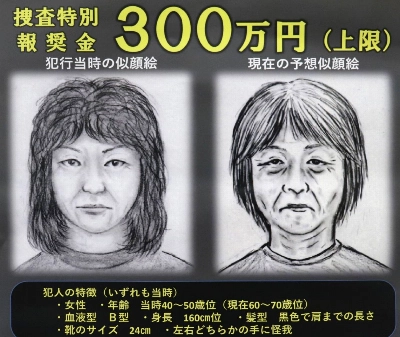Two weeks of intense negotiations have yielded a "rule book" for implementing the Kyoto Protocol to combat global warming. The agreement will not satisfy hard-nosed environmentalists, but it represents an important first step toward controlling the greenhouse gases that are exacting a terrific toll on the Earth's ecology.
The 1997 Kyoto Protocol calls on about 40 industrial countries to cut the greenhouse gas emissions that have been blamed for raising the Earth's temperature. The accord assigns each country a target and sets an average 5.2 percent emission reduction from 1990 levels that must be achieved by 2012. Countries can use "carbon sinks" -- forests and farmlands that absorb carbon dioxide -- to offset some of their emissions. Yet more credits can be earned by helping developing countries cut their carbon dioxide emissions. And countries can trade emissions -- they can buy and sell the right to pollute.
Figuring out how that scheme would work has been difficult. Previous meetings have broken up in rancor. Undaunted, representatives from 165 countries met in Marrakech, Morocco, over the last two weeks to hammer out the legal rules that will govern implementation of the Kyoto Protocol. Although there were concerns that agreement would once again prove elusive, they managed to reach a deal at the last hour.















With your current subscription plan you can comment on stories. However, before writing your first comment, please create a display name in the Profile section of your subscriber account page.